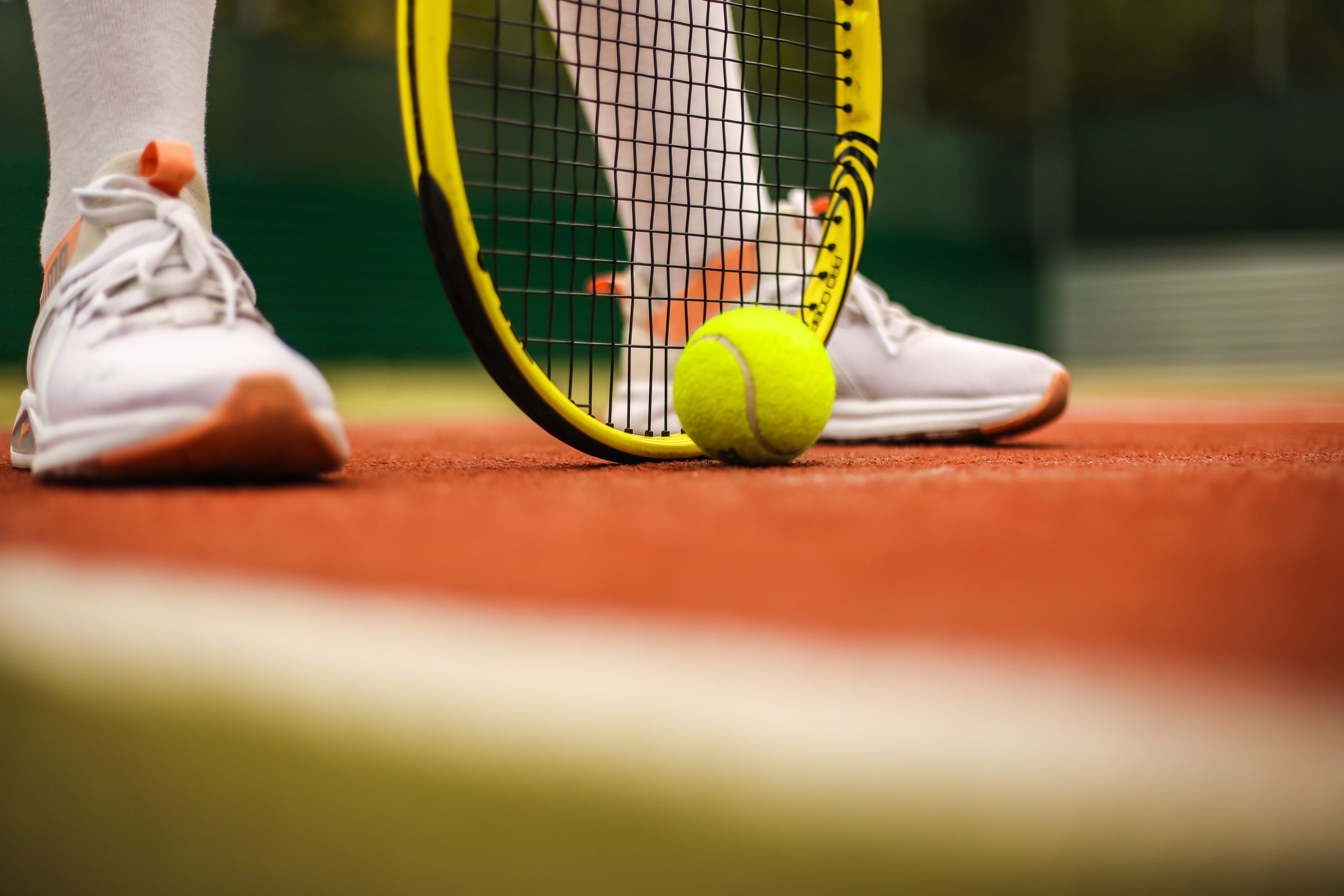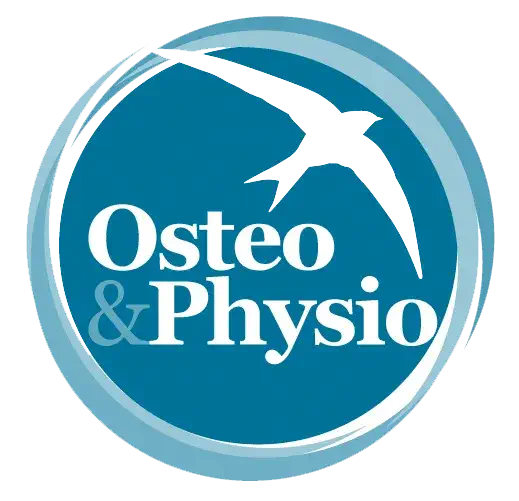Why Tennis Injuries Happen and How Osteopathy Can Help
Did you know that tennis is said to be one of the most injury-prone sports? This is because it involves repetitive motions of the arm and shoulder, which can lead to muscle strains or tears, as well as a range of twisting and pivoting movements.
Like all sports injuries, a tennis injury can be classed into one of two categories:
Acute traumatic injuries These include fractures, sprains, strains, concussion, cuts, and head injuries as a result of falling, being hit by a racket etc.
Overuse injuries Stress fractures, tendonitis, runner’s knee and tennis elbow happen due to continuous exercises such as running and serving a ball in tennis.
In this blog post, we will introduce 5 common tennis injuries and how you can avoid them. We will also discuss why these injuries happen.
Finally, we’ll talk about how our sports osteopath, Tom Ward, can help you prevent tennis injuries. If it’s too late for prevention, osteopathy can speed recovery and get you back to the court.
Tennis Elbow
Tennis elbow, or lateral epicondylitis, is a type of tendonitis that affects the tendons and muscles in the forearm, in the area outside of the elbow. Usually caused by repetitive motions of the wrist and arm, it can lead to pain in the elbow, forearm and upper arm as well as weakened arm muscles.
It may feel like a burning sensation or extreme tenderness on swinging the tennis racket and hitting the ball, which can cause the area of the outer elbow to throb.
Tennis Knee
Also known as Jumper’s Knee or patellar tendonitis, this is an inflammation of the tendon that connects the kneecap and shin bone. It’s an area that often bears a high load of stress when playing tennis, because of the intense twisting, jumping and turning involved in the sport.
Over time, the tendon can suffer from micro tears, causing inflammation and pain when walking, using stairs or kneeling.
Rotator Cuff Injury
Tennis players are particularly affected by shoulder injuries. The four muscles that make up the rotator cuff help stabilise and strengthen the shoulder joint, but repetitive overhead arm movements can injure or inflame them.
Rotator cuff tears often happen over time, rather than as a result of a single movement. Progressive stress is placed on the shoulder joint until finally, one sudden jarring movement can result in a sudden attack of pain or weakness.
Ankle Sprains
Tennis players need to frequently pivot, stop suddenly and slide across the court. These movements, along with the need to bend low and jump high, place stress on the ankle.
A sprain is caused when the ligaments in the joint are overstretched or damaged. It causes stiffness, swelling, and sharp pain.
Back Stress Fractures
Tennis playing brings into use almost all of the muscles in your body. Serves, in particular, require arching and swivelling in quick succession.
Core muscles in the back and abdomen stabilise the outer limbs. When these aren’t strong enough, for example during a serve, the back hyperextends. This stress can lead to a small crack in the bone tissue, and usually occurs after long periods of training, when the muscles supporting the back tire.
Stress fractures commonly affect your lower back and feet, and can lead to debilitating leg and back pain, if left unaddressed.
How To Avoid Tennis Injuries
• Warm-up and warm-down properly, with a programme designed for you. Ask your osteopath for advice on this.
• Use a racket that is the right size and weight for you. Ask a specialist supplier for advice.
• Ensure the racket grip is the right thickness. Incorrect size can cause elbow and forearm pain.
• Use footwear with good support to limit the chance of foot and ankle injuries.
• Rest when you need to, don’t over-train. If you have an injury, speak to your osteopath for advice on training to support healing.
Osteopathy for Tennis Injuries
Your osteopath will begin with a complete case history and full physical examination to enable accurate diagnosis, and rule out other possible conditions. If you have an injury, seeing your osteopath early may speed up your recovery process, as he or she will be able to pinpoint the problem and create a tailored exercise and rehabilitation programme.
Osteopaths treat each patient as a whole, so a recovery programme may include postural advice, lifestyle modifications, and different sport adaptations, supports, and splints.
Tom Ward, principal osteopath at our Epsom clinic, is an expert on working with sportspeople and athletes. He says “Not being able to do the sport you love due to injury is so frustrating! This is why I work alongside athletes and sportsmen and women to improve their overall performance and injury prevention through detailed treatment plans and advice long term.”
Book an appointment with him now – call 0345 5577788 or via our webpage.


